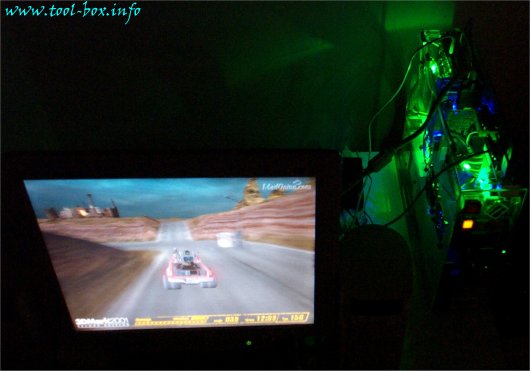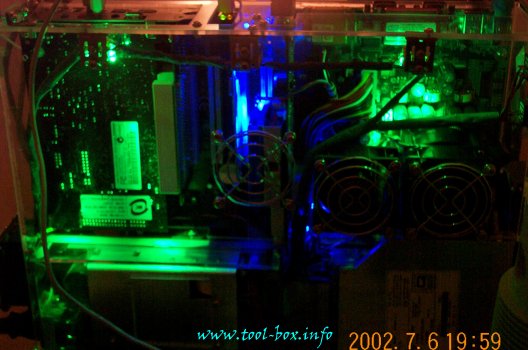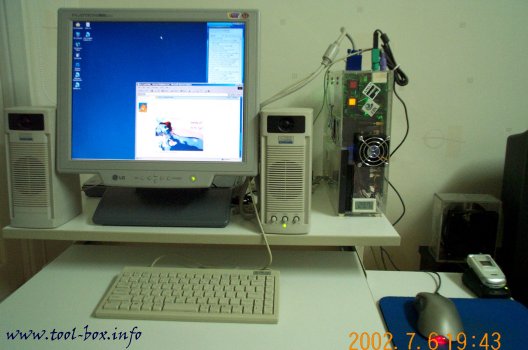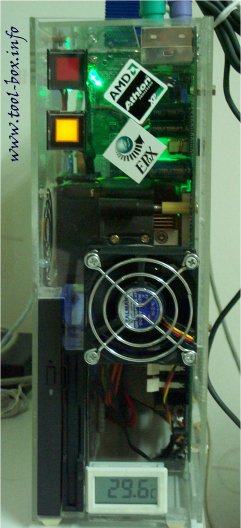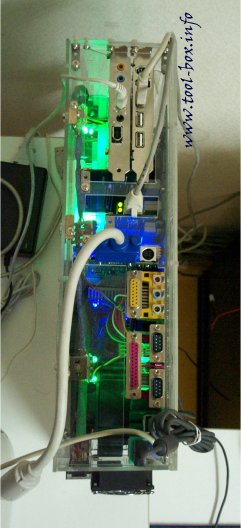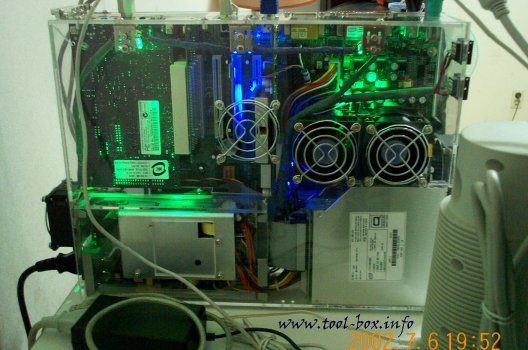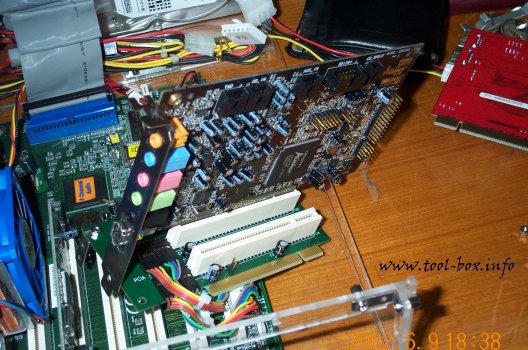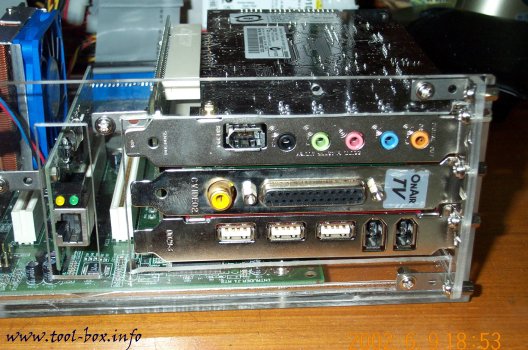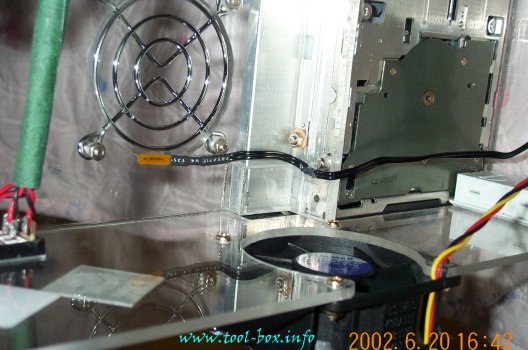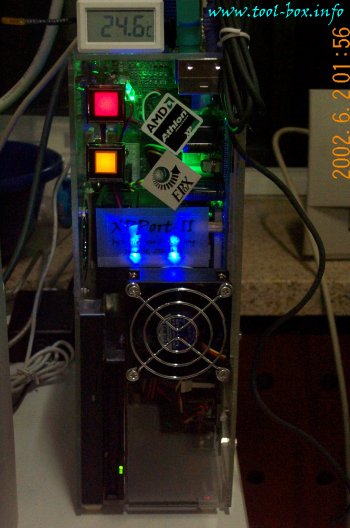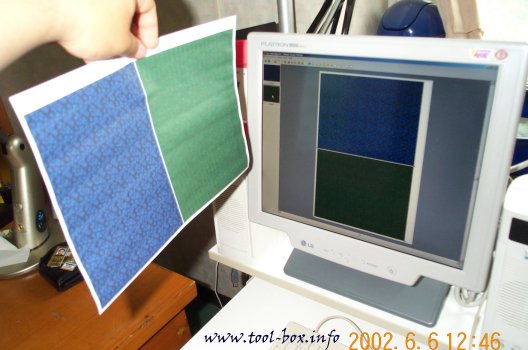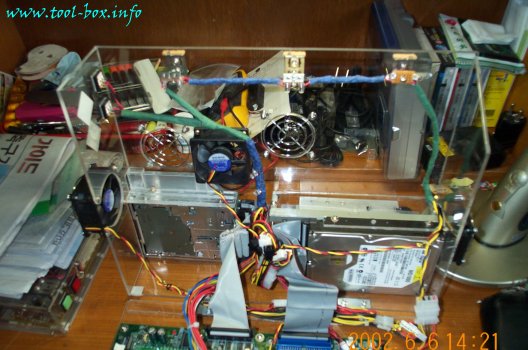Portable Athlon Reborn
Posted by Wesley on
It's already been more than a month since a new system had taken place of the Portable Athlon. It was replaced by none other than its descendant, XPPort-II, a.k.a. Portable Athlon II. I still have some improvements planned for the machine, but I decided that it deserved its own article since it has already reached stable operating conditions. As the technological advance of 18 months show, the new version is faster, more powerful and especially, beautiful in the dark.  Go ahead and enjoy!
Go ahead and enjoy!
